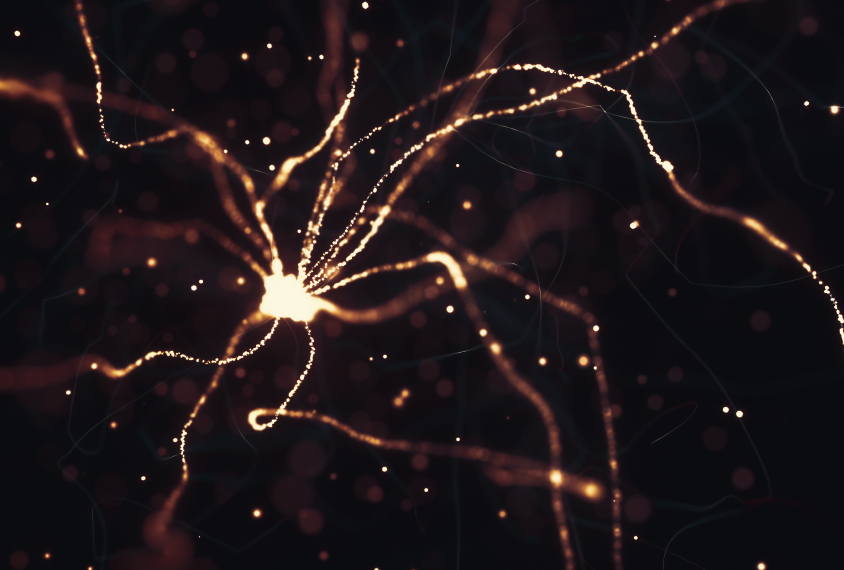I am a postdoctoral fellow in the lab of Arnold Kriegstein at the University of California, San Francisco (UCSF). I focus on applying single-cell genomics techniques to study the development of specific cell types of the human brain, as well as to understand how these cell types are affected in various diseases, especially autism. Before starting my work at UCSF, I did my PhD at the University of Miami focusing on genomic analysis of autism. I did my B.S. and MS at Moscow State University in my native Russia, where I worked on animal models of epilepsy and Alzheimer’s disease.
Dmitry Velmeshev
Postdoctoral Scholar
University of California, San Francisco
From this contributor
Single-cell analysis suggests brain signaling problems in autism
Recent advances in technology allow researchers to measure RNA that is contained within the nucleus of a single brain cell.

Single-cell analysis suggests brain signaling problems in autism
Explore more from The Transmitter
The Transmitter’s most-read neuroscience book excerpts of 2025
Books by Nachum Ulanovsky, Nicole Rust, and Andrew Iwaniuk and Georg Striedter made the list of some of the year's most engaging neuroscience titles.

The Transmitter’s most-read neuroscience book excerpts of 2025
Books by Nachum Ulanovsky, Nicole Rust, and Andrew Iwaniuk and Georg Striedter made the list of some of the year's most engaging neuroscience titles.
Neuroscience’s leaders, legacies and rising stars of 2025
Here are seven stories from the past year about some of the field’s most engaging figures.

Neuroscience’s leaders, legacies and rising stars of 2025
Here are seven stories from the past year about some of the field’s most engaging figures.
The Transmitter’s top news articles of 2025
Check out some of our most-read stories, covering neuroscience funding and policy changes in the United States, and methodological issues in high-profile neuroscience papers.

The Transmitter’s top news articles of 2025
Check out some of our most-read stories, covering neuroscience funding and policy changes in the United States, and methodological issues in high-profile neuroscience papers.